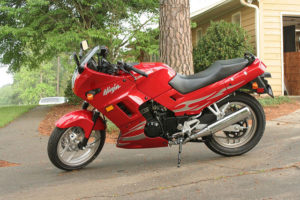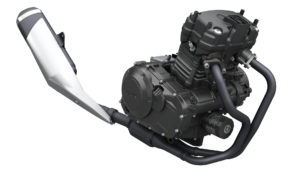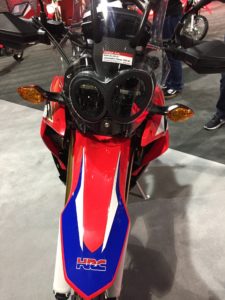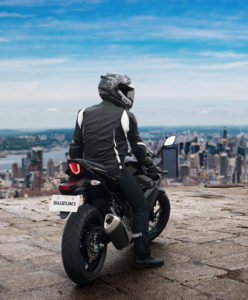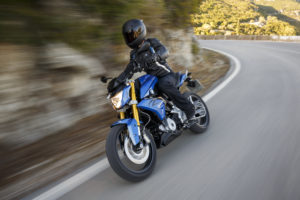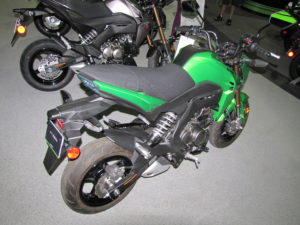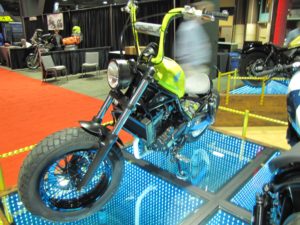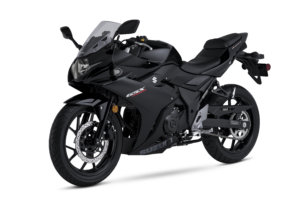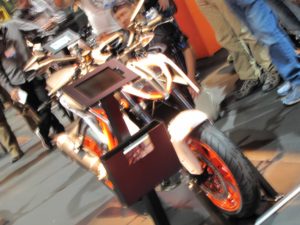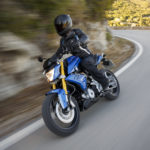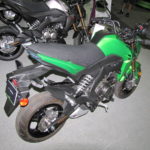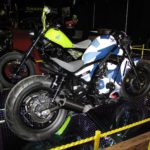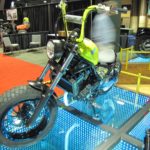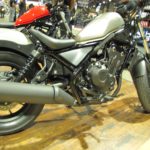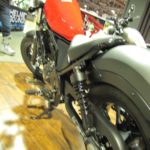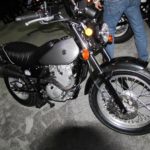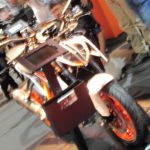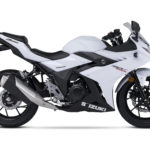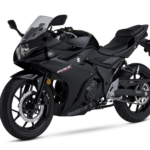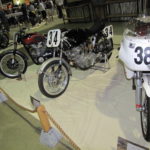Going Small
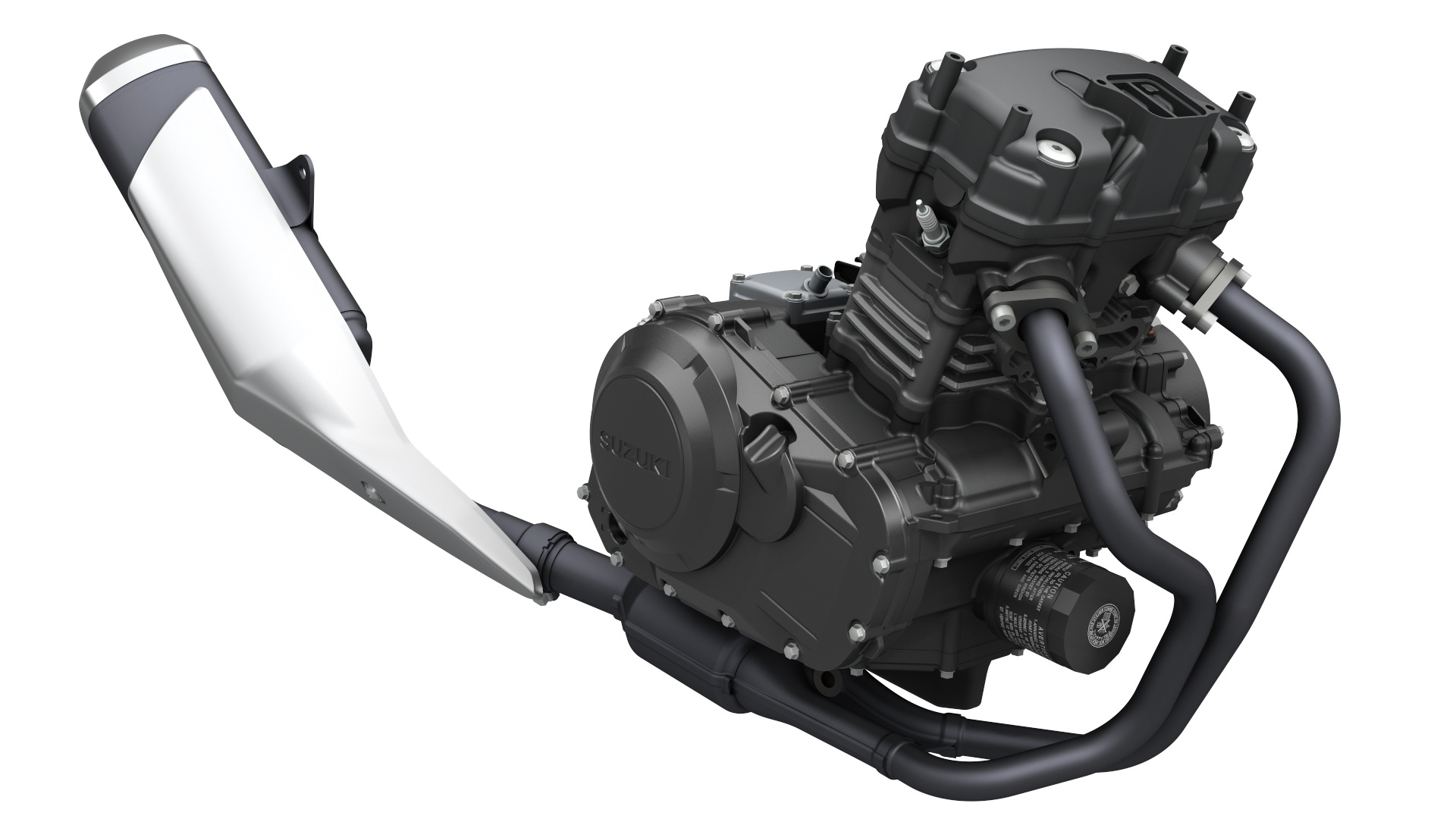
In 1983, Kawasaki begat the EX 250 (aka GPz-250), a small and underpowered belt driven POS by all accounts- but an uncontested one at the time. It was an entry level “sport” bike similar in design and purpose to Suzuki’s current GW250. Although it shares little with it’s successors, it was the aboriginal unit that would lead unknowingly to a small displacement spate of two-wheelers a few decades later.
The current new wave of small displacement bikes is quite a pleasant surprise in a decade where manufacturers have been escalating engine sizes and unit prices alike. A shrinking global market coupled with increased safety and emissions regulations has also driven the smaller displacement market leading up to this year.
The 250cc marketplace is not new by any means, but it’s different than it was 20+ years ago.
In the 1990s, the 250cc market was in a pretty active status. Small bore 4cylinders were tearing up racetracks and showrooms in an epic battle for brand domination. The little inline-fours were outputting roughly the same horsepower as a Harley-Davidson with around five times the displacement.
Despite the fact that these bikes were perfectly slotted into the learner category in most countries, they were not really learner friendly. The engine characteristics and rider ergonomics were geared more toward skilled riding and required a more sport-natured mindset.
A major drawback for learning riders was the constant stalling. Due to the higher top-end power, bottom end torque took a hit. Clip-ons and rear sets also didn’t lend themselves well to around town travel on surface streets. This probably didn’t foster a sense of security or control among learning commuters.
Amongst all of this ebbing and flowing of the 250cc market, one model remained largely unchanged over the years: the Kawasaki Ninja 250.
From 1986-2007 the Ninja 250 (also known as GPX-250 or ZZR-250 outside of North American markets) was uniquely uncontested for many years.
A complete redesign in 2008 saw the Ninja 250R catching the eye of riders and racers alike, looking for a low priced yet sporty-looking bike. Unlike some of the 250s that began to re-emerge within the last few years, the Ninja 250 always looked sporty and was often confused with the larger Ninja offerings. Many countries have displacement or power-to-weight limitations for riders with learner or provisional licenses. In markets where learners could ride GS500s and CB400s, the Ninja 250 was the one selling like crazy.
In 2011, Honda came storming into the ring with its own 250 lineup. The CBR250R one-upped the Ninja 250 by offering ABS first. It also used a single cylinder vs a parallel twin. The Kawasaki, which had enjoyed years alone at the top of the 250 sport bike hill was suddenly in the company of a rival.
In 2013 Kawasaki blew the Ninja out to 300cc. At EICMA that same year, KTM threw down the gauntlet with the RC390 and 390 Duke. Honda followed suit by upping the CB lineup with a 300-ish cc mosheen.
Turn now to 2016-17. Machines have emerged from the factory folds and designers’ sketchpads like birds flushed from the bush. Smaller, lighter, and more fuel efficient than their vanishing 650-750cc cousins, the ¼ liter bike segment has just evolved and erupted once again onto the scene.
Some of these bikes may have never seen the light of day had it not been for tiered licensing. While there are many places where power-to-weight ratio is still a factor in license resrtictions, lower costs and strategic partnerships may be playing a bigger role in the boon of smaller bikes that consumers are enjoying worldwide. Companies like TVS and Bajaj, who are dominant forces in their own country, find exposure to new markets with their partnerships with BMW and KTM respectively.
Here is how the current 250-300cc market is shaping up so far:
BMW:
BMW- notorious for their 1200cc model range- announced the G310 stunt concept last summer, and later blurbed the G310R that would be arriving later for 2016 (read as ‘so late in 2016 that it’s 2017). Add to that a G310GS that was announced right around Intermot/EICMA, and things just got interesting for us poor ADV wannabes.
Kawasaki:
While no major changes are coming for the Ninja 300 models, Kawi’s introduction of the Versys-X 300 is quite a shocker. I honestly think it looks better than the Versys 650 model. Both offer ABS and true long distance seating positions.
As for the Ninjas, you can get a sweet Winter Test paint scheme. ☺
Honda:
Honda are once again staying clean cut and straight forward with the CBR300R and CB300F. In stark contrast, they are going off the charts (for Honda) with the new Rebel redesign and the aggressive looking CRF250L Rally. The former gets the most significant redesign in 30+ years!
The Rebel 300 and Rebel 500 are the biggest shockers to Honda’s recent stable since the NM4 hit the pavement… the Rebel is actually good though.
They both feature trellis style frames, updated cruiser styling, and all new everything. I spoke to the lead designer and Assistant Chief Engineer, Keita Mikura, at the Long Beach IMS show. He personally walked me through all of the changes.
The most notable change is that the Rebel now shares the CB300’s 286cc liquid-cooled single cylinder motor. Gone is the air-cooled parallel twin of the last 100 years of the Rebel.
The Rebel 500 is powered by a 471cc liquid-cooled twin. Both models have 16” wheels and chunkier tires than the old Rebel with it’s skinny 18-incher up front.
The body is all metal and there is a removable subframe. This allows the customer to customize it, and should make the aftermarket pretty happy as well.The worst element of the new design is the tank… it’s, well –butt-fuck ugly.
It’s tiny-looking despite holding 0.35gal more than the Rebel 250. It’s also waaay slanted and gives the Rebel a raked look. The Rebel resembles the Yamaha Bolt in both style and finish. From the color schemes and matte metallic paint, to the round hard-to-read cluster and elevated taillight. – it looks like someone at the Red Winged factory liked the Yard Built customs that Yamaha has been cranking out based on the Bolt platform.
Suzuki:
Return of the Katana… sort of. Suzuki’s little GSX250R sportbike is smart-looking and claims to poach some of it’s styling from the GSX-R1000. It’s chock full of style and new tech. It’s much nicer looking than the GW250F (the faired version of the GW) that it’s likely replacing. While the bike at Long Beach had “Katana” decals on it, Suzuki is smart enough to let that blast from the past stay laid to rest while the 250R soaks up it’s own accolades.
While we are unlikely to see it, a baby V-Strom (DL250) with ABS graced the stage at a motorshow in China a couple months back. It looks like, well, a G310GS! It seems as though the beak and bag look of the R1200GS is just too symbolic of the ADV market segment for other manufacturers to stray away from.
The baby Strom is powered by the same 248cc motor that powers the GW250.
KTM:
Ahhhh, the Duke 390. This little thumper has been at the top of the game since it was introduced. It seems as though consumers are still wary of the KTM brand, however. Either that or the distribution network is just not as large as the Japanese OEMs’ appear to be.
This bike features a 373cc single, which puts it a little higher up in the displacement game than the previous contenders. Regardless, it falls within the A2 license requirements and even features a slipper clutch which works under braking and acceleration.
Although smaller displacement bikes are nothing new and have been offered since their inception, the market seemed to be moving toward higher displacement bikes in all segments for the last few years.
This could’ve been a slightly skewed perception, as the market usually follows the demand of the consumers. It also takes a few years to design a bike and get it to market. This is called lead time.
The Manufacturers rush to get bikes out before a trend has “matured” and the general public is looking for the next best thing.
This lead time is why we see BMW and Yamaha churning out scramblers in the wake of Ducati’s success.
This uncertain wave means that offbeat models can flop badly while others enjoy extended time in the spotlight.
It is also the bane of designers – similar to the way ‘market timing’ is the bane of stock brokers. Guessing what riders want is never a wise proposition. Learning what sells and developing those trends is generally a fortuitous strategy.
So while the market for smaller displacement bikes appears to grow, it’s actually probably been in the making for some time. Whether due to impending regulations or rise in consumer spending in the smaller bike markets, one thing is for sure: big things come in small packages!
-Cheers!
- Photo: Creative Riding CRF250L Rally
- Photo/Creative Riding
- Photo: Tortxof Nijna 250
- Photo Courtesy of BMW Motorrad BMW G 310 R (K03)
- Photo: Creative Riding K125Z Pro
- Photo/Creative Riding
- Photo:Creative Riding
- Photo: Creative Riding
- Photo/Creative Riding
- Photo: Creative Riding Honda Rebel
- Photo/Creative Riding
- Photo: Creative Riding
- Photo Courtesy Suzuki Motor Corp
- Photo Courtesy Suzuki Motor Corp
- Photo Courtesy of Suzuki Motor Corp.
- Photo Courtesy Suzuki Motor Corp.
- Long Beach IMS Small Bikes

